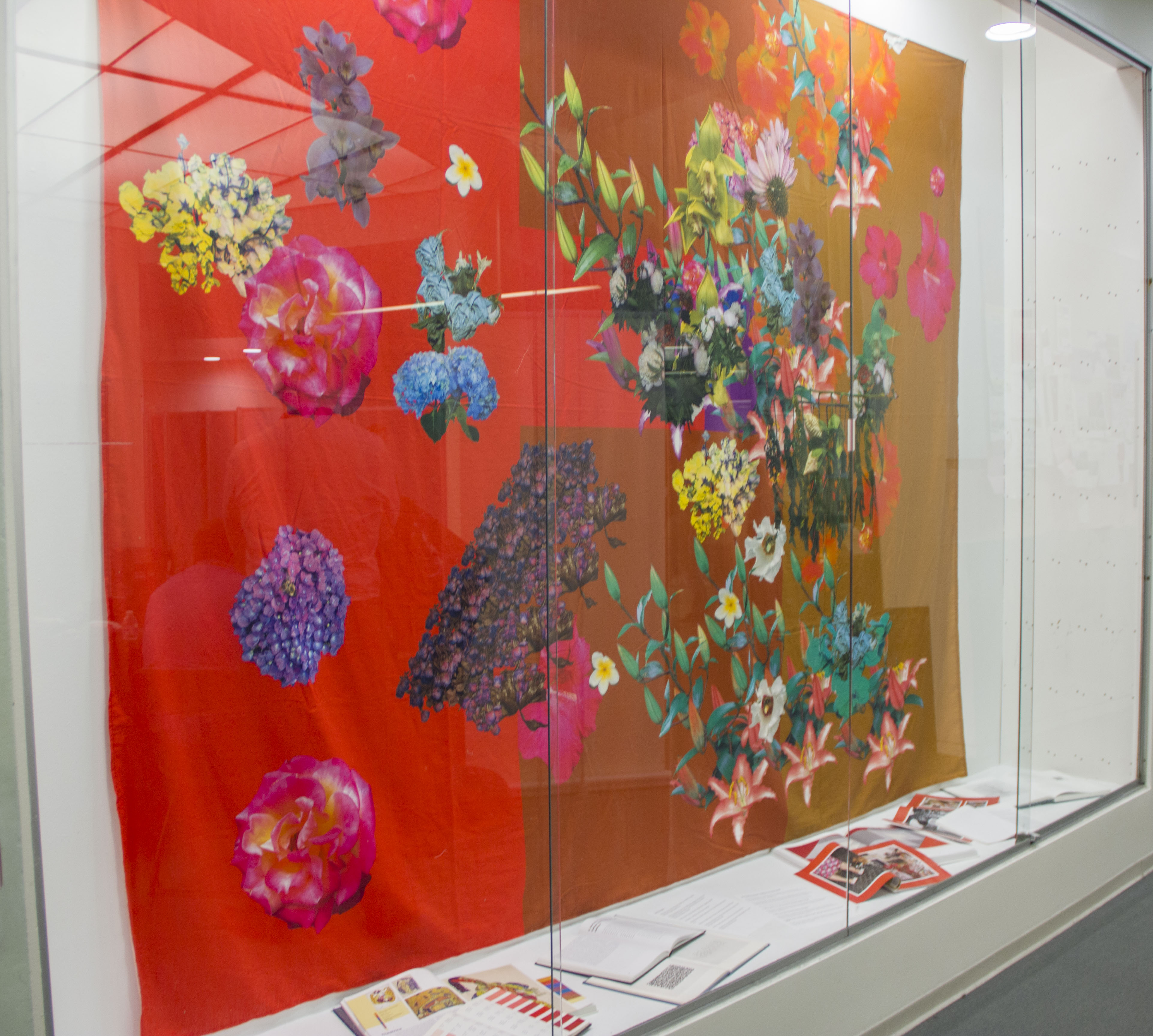 What is ORCID? ORCID stands for Open Researcher and Contributor ID.
What is ORCID? ORCID stands for Open Researcher and Contributor ID.
Name ambiguity is deceptively tricky. You may share your name with another researcher, like the 10 Steve Smiths on the Center for Science Education’s “List of Steves.” You may change your name due to marriage or other reasons. You may simply use a different version of your name in different contexts, like former Democratic presidential candidate Bernard “Bernie” Sanders.
Enter ORCID: Open Researcher and Contributor Identification. You can think of ORCID as a Social Security number for researchers: a permanent, unique identifier that you can associate with your work to resolve any uncertainty about authorship. Nearly 2 million academics have signed up for an ORCID, in total laying claim to over 12 million documents.
Why do I need an ORCID?
- An ORCID is a unique identifier that allows you to associate your works with your name.
- Removes author ambiguity especially for individuals with common names or for people who change their name through the course of their career.
- Certain Publishers and Granting Agencies require that applicants have an ORCID. https://orcid.org/content/requiring-orcid-publication-workflows-open-letter
- Generating an NIH biosketch is easier with an ORCID.
- You can build an online profile of your scholarly works @ http://orcid.org
How do I get an ORCID?
You can register directly on the website http://orcid.org
Registering for an ORCID is free and takes around 30 seconds.
Upon registering, you can then access your ORCID account using your UC login. Visit the ORCID login page and click the Institutional Account button. Choose University of Cincinnati Main Campus. You will be prompted to link the two accounts.






